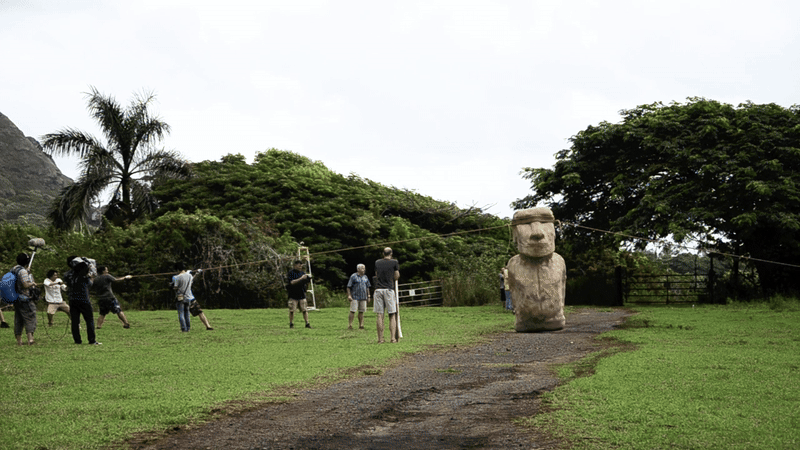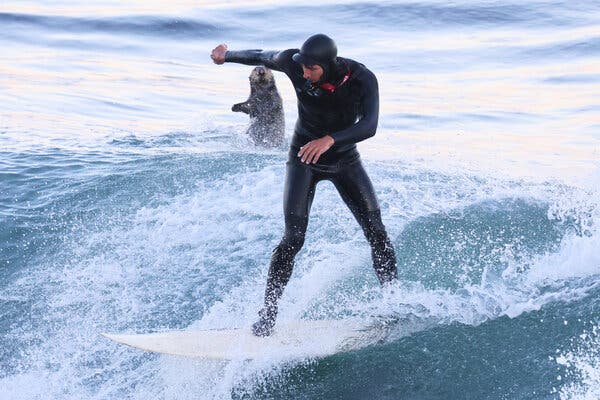Recent findings indicate that the giant moai statues of Easter Island could have been moved by small groups of people using a combination of simple tools and principles of physics. According to a study published in the November 2025 issue of the Journal of Archaeological Science, researchers suggest that with just three ropes and a team of as few as 15 individuals, the monumental statues could have “walked” across the island’s terrain.
For centuries, historians and anthropologists have speculated about how the Indigenous people of Easter Island, known as Rapa Nui, transported these massive statues, which can weigh several tons. The new research challenges the traditional belief that moving the moai required large resources and numerous laborers. Instead, the study reveals that the statues were designed with features that aided their movement.
The research team, led by Carl Lipo, a professor of anthropology at Binghamton University in New York, discovered that unfinished moai statues, discarded shortly after quarrying, exhibited characteristics that facilitated transport. These features included a low center of mass and a forward lean, which helped stabilize the statues during movement.
Recreating the Moai’s Journey
To test their hypothesis, Lipo and his colleague, Terry Hunt, a professor at the University of Arizona, virtually recreated the moai. They determined that with the assistance of three ropes and a workforce ranging from five to 60 people, the statues could take steps averaging 35 inches (89 centimeters) long. This innovative method of transportation, described as “remarkably efficient,” enables the moai to travel across the landscape at an average pace of 1,000 feet (310 meters) per hour.
According to Lipo, the findings provide compelling evidence that contradicts the long-held view of vast labor requirements. “What we found is that statues were moved with very small numbers of people in an amazingly ingenious way,” Lipo stated in an interview with Live Science. The research highlights the ingenuity of the Rapa Nui people, who settled on the island approximately 1,000 years ago.
The study also explored the mechanics behind the “walking” motion. By modeling the physics involved, the researchers calculated that the initial push to start moving the moai would require between 15 and 60 people, with as few as five to 25 individuals needed to continue the motion. The pendulum dynamics of the ropes would create a rocking motion, enabling the base of the statue to pivot and “step” forward.
Insights and Implications
The research has drawn attention from the academic community, with experts recognizing the study as a significant contribution to understanding how the Rapa Nui people might have transported the moai. Sue Hamilton, an archaeologist and professor of prehistory at University College London, highlighted that while the study presents one plausible method, it does not definitively prove that this was the only way the statues were moved.
Hamilton noted that the data could support various interpretations, suggesting that the road moai may have been designed differently for specific ceremonial purposes or constructed by different groups with varying levels of expertise. She emphasized the importance of considering multiple hypotheses when examining these ancient practices.
For Lipo and Hunt, the ongoing debate surrounding the movement of the moai continues to inspire further research. They argue that critics of the walking hypothesis have yet to provide convincing alternatives that account for all the evidence gathered over the years. This new study not only sheds light on the engineering capabilities of the Rapa Nui but also opens the door for future investigations into the cultural practices surrounding the construction and transportation of these iconic statues.






